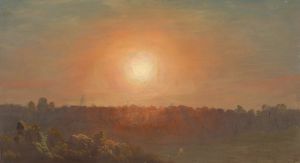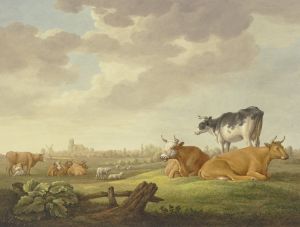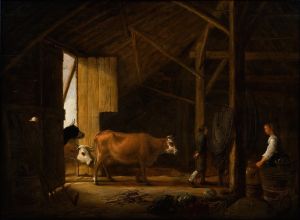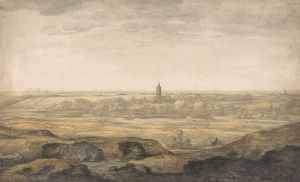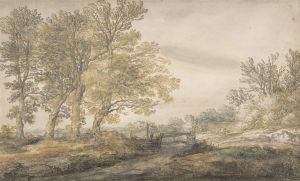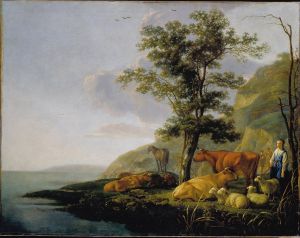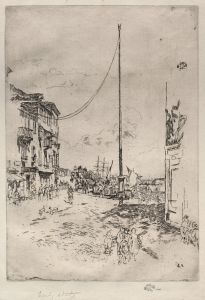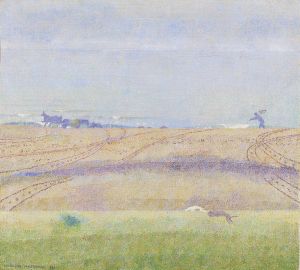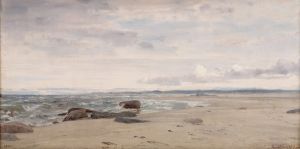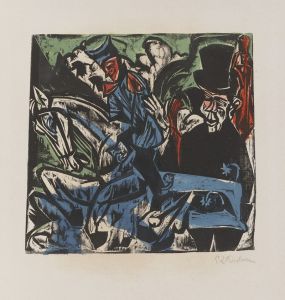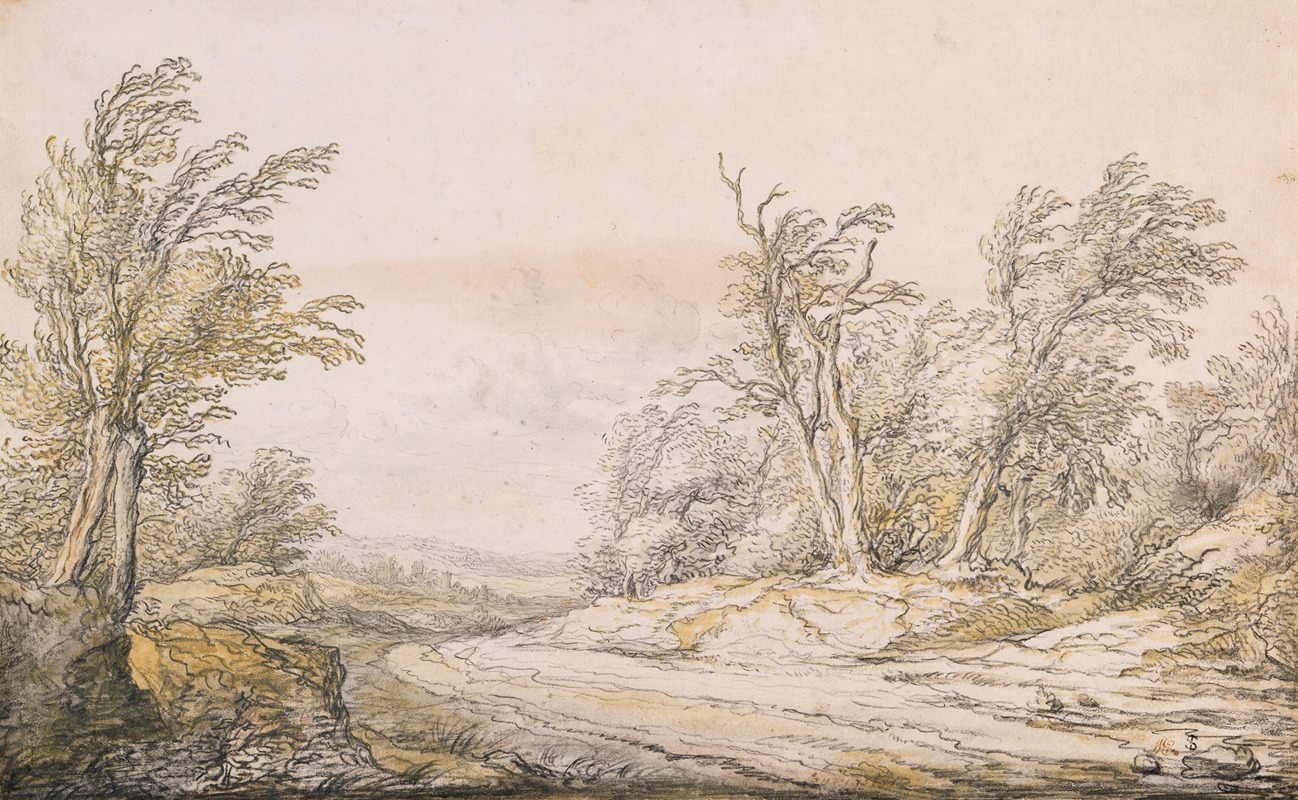
A Road on the Dunes
A hand-painted replica of Aelbert Cuyp’s masterpiece A Road on the Dunes, meticulously crafted by professional artists to capture the true essence of the original. Each piece is created with museum-quality canvas and rare mineral pigments, carefully painted by experienced artists with delicate brushstrokes and rich, layered colors to perfectly recreate the texture of the original artwork. Unlike machine-printed reproductions, this hand-painted version brings the painting to life, infused with the artist’s emotions and skill in every stroke. Whether for personal collection or home decoration, it instantly elevates the artistic atmosphere of any space.
Aelbert Cuyp, a prominent Dutch landscape painter of the 17th century, is renowned for his idyllic and atmospheric depictions of the Dutch countryside. His works are celebrated for their masterful use of light and composition, which capture the serene beauty of rural life during the Dutch Golden Age. One of his notable paintings is "A Road on the Dunes," which exemplifies his skill in portraying landscapes with a sense of tranquility and harmony.
"A Road on the Dunes" is a fine example of Cuyp's ability to blend naturalistic detail with a poetic vision of the landscape. The painting depicts a sandy road winding through the dunes, a common feature in the Dutch coastal regions. The scene is bathed in the warm, golden light of either early morning or late afternoon, a characteristic feature of Cuyp's work that adds a sense of calm and timelessness to the scene.
In the foreground, travelers can be seen making their way along the road, their figures small against the vastness of the landscape. This inclusion of human activity is typical of Cuyp's work, where he often integrates figures into his landscapes to provide a sense of scale and narrative. The travelers, possibly farmers or merchants, are depicted with a sense of purpose, suggesting the daily rhythms of life in the Dutch countryside.
The dunes themselves are rendered with a keen attention to detail, showcasing Cuyp's ability to capture the textures and forms of the natural world. The undulating shapes of the dunes create a dynamic composition, leading the viewer's eye through the painting and into the distance. The use of light and shadow enhances the three-dimensional quality of the scene, giving it depth and realism.
Cuyp's palette in "A Road on the Dunes" is dominated by earthy tones, with subtle variations of browns, greens, and yellows. This restrained color scheme contributes to the painting's harmonious and peaceful atmosphere. The sky, a significant element in many of Cuyp's landscapes, is depicted with soft, diffused clouds that reflect the warm light, further enhancing the serene mood of the painting.
While specific details about the creation and provenance of "A Road on the Dunes" are not extensively documented, it is consistent with Cuyp's broader body of work, which often focused on the landscapes around his native Dordrecht and the surrounding regions. His paintings were highly sought after during his lifetime and continue to be appreciated for their beauty and technical mastery.
Cuyp's influence extended beyond his own time, impacting later artists, particularly in England, where his work was admired and collected by 18th-century landscape painters. His ability to convey the subtle interplay of light and atmosphere in the landscape has left a lasting legacy in the history of art.
In summary, "A Road on the Dunes" by Aelbert Cuyp is a testament to the artist's skill in capturing the serene beauty of the Dutch landscape. Through his masterful use of light, composition, and detail, Cuyp creates a scene that is both realistic and imbued with a sense of tranquility, reflecting the harmonious relationship between humans and nature during the Dutch Golden Age.





